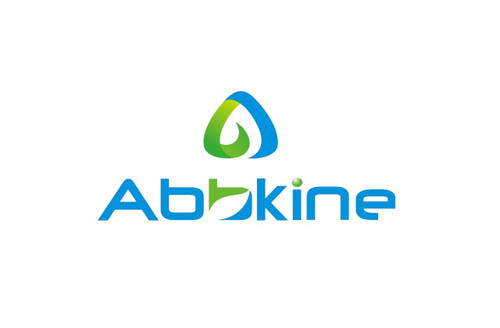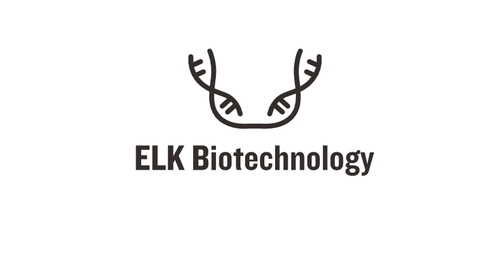Product Description
Human Poliovirus receptor-related protein 1 (PVRL1) ELISA Kit | AE24970HU | Abebio
Species Reactivity: Human (Homo sapiens)
Abbreviation: PVRL1
Alternative Name: CD111; CLPED1; ED4; HIgR; HVEC; MGC142031; MGC16207; OFC7; PRR; PRR1; PVRR; PVRR1; SK-12; nectin-1; ectodermal dysplasia 4 (Margarita Island type) |herpesvirus Ig-like receptor|nectin 1|poliovirus re
Application: ELISA
Range: 0.156-10 ng/mL
Sensitivity: 0.063 ng/mL
Intra-Assay: ≤5.2%
Inter-Assay: ≤8.3%
Recovery: 1, 01
Sample Type: Serum, Plasma, Other biological fluids
Detection Method: Sandwich
Analysis Method : Quantitive
Test Principale: This assay employs a two-site sandwich ELISA to quantitate PVRL1 in samples. An antibody specific for PVRL1 has been pre-coated onto a microplate. Standards and samples are pipetted into the wells and anyPVRL1 present is bound by the immobilized antibody. After removing any unbound substances, a biotin-conjugated antibody specific for PVRL1 is added to the wells. After washing, Streptavidin conjugated Horseradish Peroxidase (HRP) is added to the wells. Following a wash to remove any unbound avidin-enzyme reagent, a substrate solution is added to the wells and color develops in proportion to the amount of PVRL1 bound in the initial step. The color development is stopped and the intensity of the color is measured.
Product Overview: PVRL1, or nectin-1, belongs to the nectin subfamily of immunoglobulin-like adhesion molecules that participate in Ca (2+) -independent cell-cell adhesion. Nectins bind to the actin cytoskeleton through the adaptor protein afadin (MLLT4) and are key components of adherens junctions (summary by Barron et al. (2008) ) . Members of the immunoglobin (Ig) superfamily have been shown to serve as receptors for various viruses. The human poliovirus receptor (PVR) is an integral membrane protein with one V-like extracellular Ig domain, 2 C-like extracellular Ig domains, a transmembrane region, and an intracytoplasmic region. Lopez et al. (1995) isolated a cDNA for a poliovirus receptor related gene, which they symbolized PRR.
Stability: The stability of ELISA kit is determined by the loss rate of activity. The loss rate of this kit is less than 5% within the expiration date under appropriate storage condition. The loss rate was determined by accelerated thermal degradation test. Keep the kit at 37°C for 4 and 7 days, and compare O.D.values of the kit kept at 37°C with that of at recommended temperature. (referring from China Biological Products Standard, which was calculated by the Arrhenius equation. For ELISA kit, 4 days storage at 37°C can be considered as 6 months at 2 - 8°C, which means 7 days at 37°C equaling 12 months at 2 - 8°C) .
 Euro
Euro
 USD
USD
 British Pound
British Pound
 NULL
NULL












